How to Introduce Healthy Eating Habits to Your Toddler
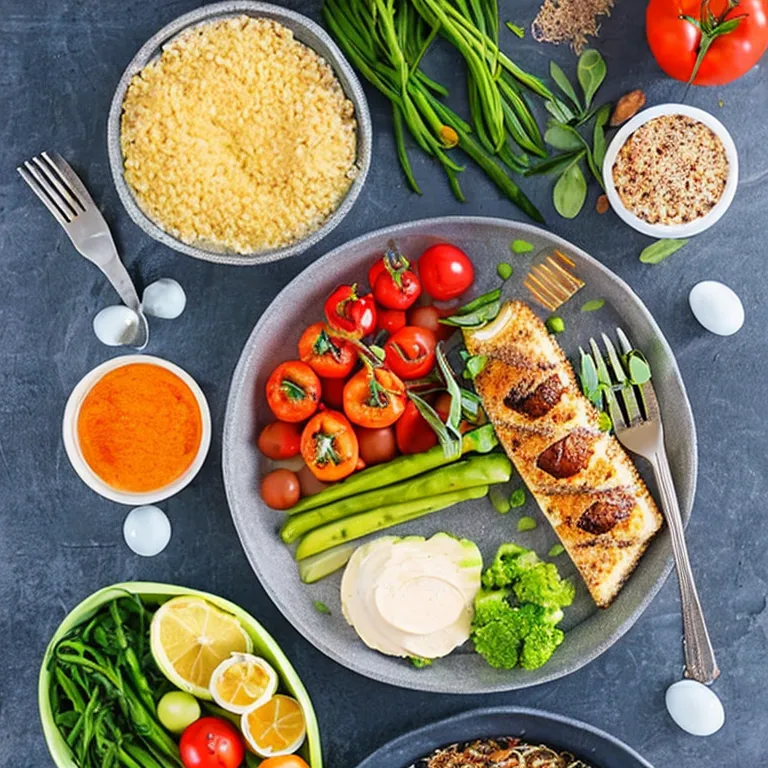
Toddler Recipes Australia provides you with simple and healthy kid-friendly recipes to help you introduce healthy eating habits to your toddler. From delicious breakfast smoothies to nutritious lunch ideas, get everything you need to ensure your little one’s meals are not only nutritious but enjoyable too. We’ll guide you through every step of the way to making sure your toddler’s healthy habits stick around for years to come.
Introducing Healthy Eating Habits to Your Toddler
As a mother of two myself, I know how challenging it can be to get your kids interested in healthy eating. Thankfully, there are tools and methods to help make the process easier.
The first step is to create an atmosphere of fun around meal times. This can be done by ensuring that meals are served at the same time each day, setting the table with placemats and cutlery, and allowing plenty of conversation around the dinner table. Another great way to make meals enjoyable is to include your toddler in the kitchen. I find that my own two boys love to help prepare simple meals, like banana pancakes or taco night.
Another key to establishing healthy eating habits in your toddler is to practice what you preach. Setting a good example and modelling healthy habits yourself will make a huge difference. Try to make sure that healthy foods make up the majority of what you offer your toddler, break down any meals that are difficult for them to eat and make sure not to overfill their plates.
Finally, don’t be discouraged if your toddler isn’t keen on a certain food. Some take longer than others to accept certain ingredients, so it’s important to keep trying and offer your toddler healthy options as often as you can. With a bit of imagination and consistency, introducing good eating habits to your toddler can be a fun and rewarding experience.
These tips are just a few of the ways you can get your toddler interested in healthy eating. Remember, it’s important to stay positive and make mealtimes enjoyable. Good luck!
For more tips and ideas, be sure to check out Toddler Recipes Australia.
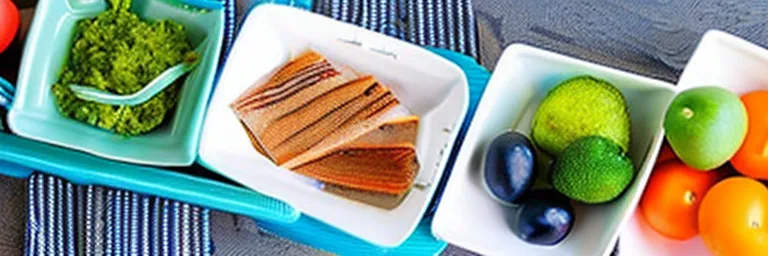
Introduction
As a parent, it can sometimes be a struggle to introduce healthy eating habits to your toddler. With two young boys of my own, ages 3 and 7, I know this all too well! My husband is a FIFO worker, which leaves me at home with the kids and their ever-changing eating habits.
I’ve been able to introduce healthy eating habits to my kids by involving them in the kitchen, getting creative with healthy recipes, being consistent, and being patient. In this article, I’m going to share the steps I took and offer some tips for parents who want to start teaching their toddlers how to eat healthy, too.
Get Creative with Recipes
Getting creative with recipes doesn’t mean you need to try to reinvent the wheel. Instead, think outside the box and add a few tweaks to your regular meals to add a bit of flavor and nutrition. Here are a few ideas to get you started:
- Make your own veggie burgers by blending chickpeas, zucchini and mushrooms in a food processor and forming mixture into patties.
- Try out different versions of sandwiches, like almond butter and sliced apples or a chickpea salad wrap.
- Start introducing grains such as brown rice, quinoa and oatmeal.
- Have fun with fruit and vegetable smoothies - blend spinach and berries for a delicious and healthy snack.
Be Consistent
Once you start introducing healthy meals and snacks to your toddler, it’s important to be consistent. Try to offer at least one healthy option at each meal, and it’s ok to offer other options to ensure that your toddler is getting enough to eat.
It’s also important to avoid giving into your toddler’s (and your own!) cravings for unhealthy snacks. Keep tempting snacks out of sight and opt for healthier snacks like apples, carrots, and celery.
Get Your Toddler Involved
Getting your toddler involved in the kitchen is one of the best ways to teach them about healthy eating. Let your toddler choose healthy snacks and help you prepare them. If you’re making sandwiches, get your toddler involved in spreading the nut butter or veggies. If you’re making smoothies, let them pick out the fruits and vegetables they want.
Cooking and preparing meals is not only a great teaching tool, it is also a great bonding activity. Supporting your toddler’s interest in food will help them understand where it comes from, how it’s made, and how to make healthier choices.
Be Patient
Introducing healthy eating habits to your toddler is a process - it doesn’t happen overnight. It can take some trial and error before you find something that works. The key is to be patient.
Remember, every meal is an opportunity to teach your toddler about healthy foods, so don’t get discouraged if they reject your first attempts. Keep trying and your toddler will eventually start to get the hang of eating healthier..
Introducing healthy eating habits to your toddler doesn’t have to be a daunting task! By getting creative with healthy recipes, being consistent and involving your toddler in the kitchen, you can help teach them to make healthier eating choices. Just remember to be patient and don’t give into cravings for unhealthy snacks. With just a bit of time and effort, your toddler will be on their way to eating healthy!

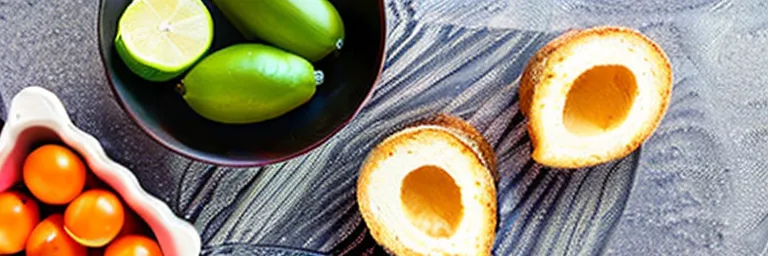

3. Tips for Making Healthy Food Fun
Introducing healthy eating habits to your toddler can be a challenge, but with a few simple techniques and some inventive recipes, it can be fun for both of you!
Here are my top tips for making healthy food fun for your toddler:
-
Get creative in the kitchen: Create fun meals that your little one can help you make. I like to use cookie cutters to make fun shapes out of sandwiches and other food. It’s a great way to get your children involved in the cooking process and to add some variety to an otherwise plain meal.
-
Let them be adventurous: Show your toddler that healthy food can be delicious. Give them a range of food items to sample and let them try out flavours and textures they may not have tried before.
-
Be playful: Sometimes when making a meal can seem like a chore, try to make it into a game. Plant a kitchen garden together and pick the vegetables for your meal. Your toddler can help stir the pot and pat down patties.
-
Let presentation be part of the fun: Give your little one creative tasks, like making designs with their food. Encourage them to experiment, like using olives for eyes, peppers for a mouth and a tomato for a nose. Plating can be a creative way to get your toddler interested in their food.
By having a bit of fun in the kitchen, introducing healthy eating habits to your toddler can be a truly enjoyable experience. With the right recipes, some patience and plenty of enthusiasm, your little one is bound to go on to become a healthy eater!
Have fun and happy cooking!
Olivia
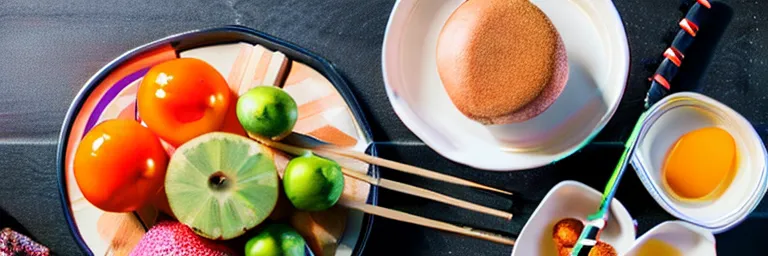
#4. Getting Your Toddler Involved in the Kitchen
Encouraging your toddler to help out in the kitchen can be both rewarding and fun. As a parent of two young boys myself, I have found that my younger son in particular loves to help out. It has been an amazing experience to have him involved, learning new skills and contributing to the family’s meal times, while also teaching him valuable lessons in healthy eating.
When it comes to involving your toddler in the kitchen, it’s always important to ensure their safety first and foremost. Make sure you are using the right sized utensils and always supervise your toddler to make sure they are using them correctly.
Once your toddler has the safety basics covered, there are many different ways to get them involved in the kitchen. Here are a few ideas that we have found work in our family:
- Have them practice washing and cutting fruits and vegetables. My seven year old likes to help out by cutting up strawberries and bananas for his fruit salad.
- Give them age appropriate recipes to follow along. My boys love baking a batch of muffins.
- Ask for their help mixing ingredients and stirring batter.
- Have them help set the table for meal times.
- Allow them to help serve meals.
Overall, it’s important to remember that your toddler won’t be a master chef overnight, but with patience and encouragement they will become more confident in the kitchen. Plus, they will gain valuable knowledge which they can carry with them throughout their lives, learning the importance of healthy eating and gaining responsibility at a young age.
Happy cooking!
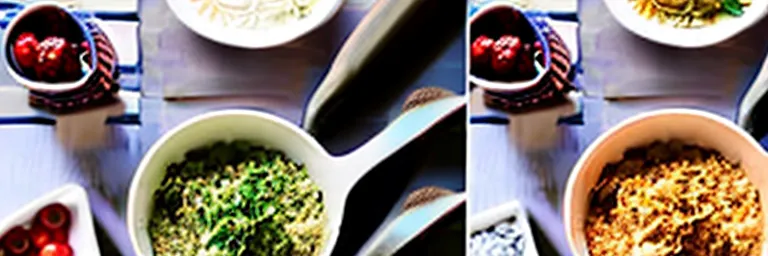
5. Meal Planning for Busy Parents
As busy parents, we need to make sure our little ones have a nutritious diet. Meal planning is a great way to ensure our toddlers are getting all the energy and nutrients they need, while also fitting in with our busy schedules. Here are some tips for busy parents juggling work and toddlers!
-
Stocking up: When grocery shopping, buy staples such as milk, eggs, cheese, fruits, and vegetables for the week. This will save you time during the week as you can quickly prepare meals and snacks from these items.
-
Keeping it simple: There’s no need to prepare overly complex dishes for your toddler. Stick with simpler meals and snacks and they will appreciate the flavours and texture of the food more.
-
Letting your children help out: If time is of the essence, why not involve your toddler in the food preparation? With close supervision, toddlers can help out with the simple tasks in the kitchen like stirring and measuring out ingredients. It’s a fun way of spending time with your little one and teaching them valuable skills.
-
Making use of leftovers: Make your life a little bit easier by cooking a bit extra and transforming the leftovers into different meals. For example, leftover chilli can easily be made into healthy nachos. Or you could freeze the extra food for another day.
-
Making meals in advance: If you’re pushed for time, why not make meals or snacks in advance? You can do some of the preparation for meals the night before, or you could even freeze several meals ahead of time for those days when you just don’t have time to cook.
Meal planning doesn’t have to be an arduous task. Use it as an opportunity to bond with your little one and participate in activities together. Finally, don’t forget to keep an eye on the nutritional values of the food you are serving and the size of the portions.
Happy meal planning!

6. Making Time for Family Meals
In the hustle and bustle of modern life, it can be difficult to make time for family meals together. It’s understandable, especially if you have a full-time job and/or your partner works FIFO. However, it is a mistake to miss out on the importance of sitting down together for dinner as a family. After all, meal time is a great opportunity to spend quality time together and bond as a family.
I am a work-at-home mum, so luckily I have flexibility with my time and can make the effort to sit down with my two boys for dinner every night. I find that teaching my children to help out in the kitchen makes meal time even more enjoyable and creates a sense of ownership within my boys. My 3 year-old loves to help measure off the ingredients and my 7 year-old loves to chop up and prepare the vegetables.
To help make dinner time easier, I try to plan ahead and prepare some of the ingredients in advance. This way all I need to do is cook the meal quickly when dinner time rolls around. I often choose meals that are simple, healthy, and that don’t take too much time to cook.
Family meal time is important for more than just the foods that you eat. It’s a great way for families to connect and chat about the day. Therefore it’s worth making the time to plan the meals, organise the ingredients and make the time to sit down and eat together.
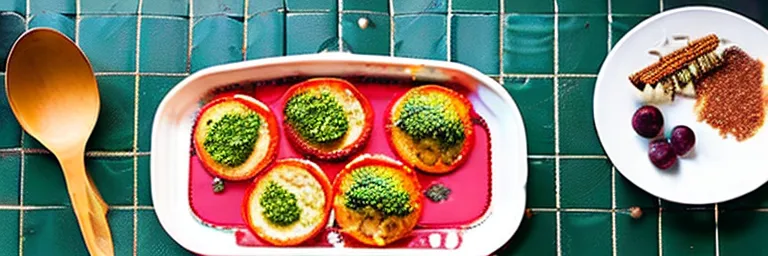
7. How I’ve Used These Strategies with My Toddlers
The strategies I’ve mentioned aren’t necessarily one size fits all, but I’ve found them to be extremely helpful when it comes to introducing healthy eating habits to my own toddlers, who are now 3 and 7 years old.
I start by encouraging involvement in meal preparation. My youngest and oldest boys are both very eager to help out in the kitchen. We involve them in the food selection process and let them pick out snacks and meals for the week. This helps to get them excited about what we’re eating.
We focus on encouraging good habits at mealtime, such as the importance of trying new foods, eating slowly, and chewing food thoroughly. We give them multiple options, especially when it comes to vegetables, so they can pick and choose which ones they’d like to try.
My oldest boy loves to help with meal planning. I let him decide on a meal once a week, and he gets to help me buy the ingredients and figure out what we’re going to make for dinner. It adds an extra layer of excitement for him and makes mealtimes even more enjoyable.
I also try to keep things interesting and cater to their preferences. My youngest son loves noodles, so I try to find ways of making them healthier, such as using whole wheat noodles, adding vegetables, and using a low-sodium sauce.
My oldest son is really into experimenting with new flavors, so I let him try adding spices, herbs, and sauces to meals to see what he enjoys. I try to keep meals nutritious and balanced, and focus on providing them with the essential vitamins, minerals, and proteins they need.
Finally, I involve them in activities like gardening and shopping, so they can understand where food comes from and why it’s important to eat healthy, fresh foods.
All these strategies combined have been really helpful in introducing healthy eating habits to my toddlers, and have given them more freedom and ownership over mealtime.
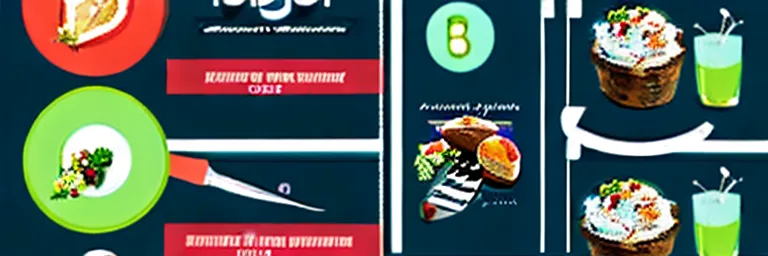
8. Useful Resources for Managing Your Family’s Mealtime Habits
Developing healthy eating habits for your toddler can be a challenging, but rewarding process. It’s important to remember that it doesn’t happen overnight - but with dedication and persistence, you’ll be able to create a routine that works for your family. To help you and your toddler along the way, here are some useful resources for managing your family’s mealtime habits.
-
Meal Planning Without All the Hassle - This free downloadable PDF from the Toddler Recipes Australia website offers tips and tricks for parents to help save time, energy and money on meal-planning.
-
Healthy Mealtime Activities for Kids - This blog post from the Mayo Clinic outlines six healthy meals your toddler can help make. It is full of fun ideas and recipes that your toddler can help out with in the kitchen.
-
Introducing Healthy Foods - The American Academy of Pediatrics has put together this comprehensive guide for introducing healthy foods to your toddler. It includes detailed tips for making sure your child is getting the daily nutrition and vitamins they need.
-
Toddler Nutrition Series - At Toddler Recipes Australia, we have created an entire series of in-depth articles about toddler nutrition. This is a great resource for parents seeking detailed information and advice on the topic.
With the right tools, you can help make mealtime fun and enjoyable for your family, while teaching your toddler the importance of healthy eating habits. By following the advice outlined here, you can successfully introduce healthy eating habits to your toddler in a way that’s both educational, and enjoyable.
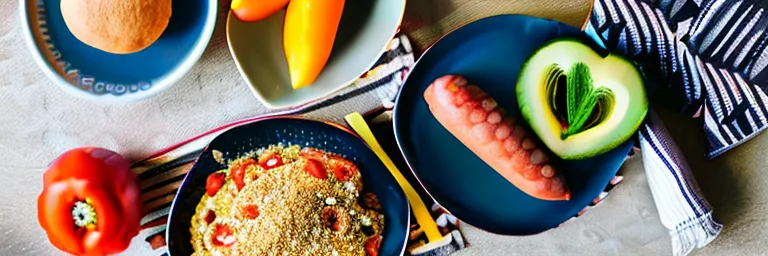
 Never miss a recipe from us, subscribe to our newsletter
Never miss a recipe from us, subscribe to our newsletter